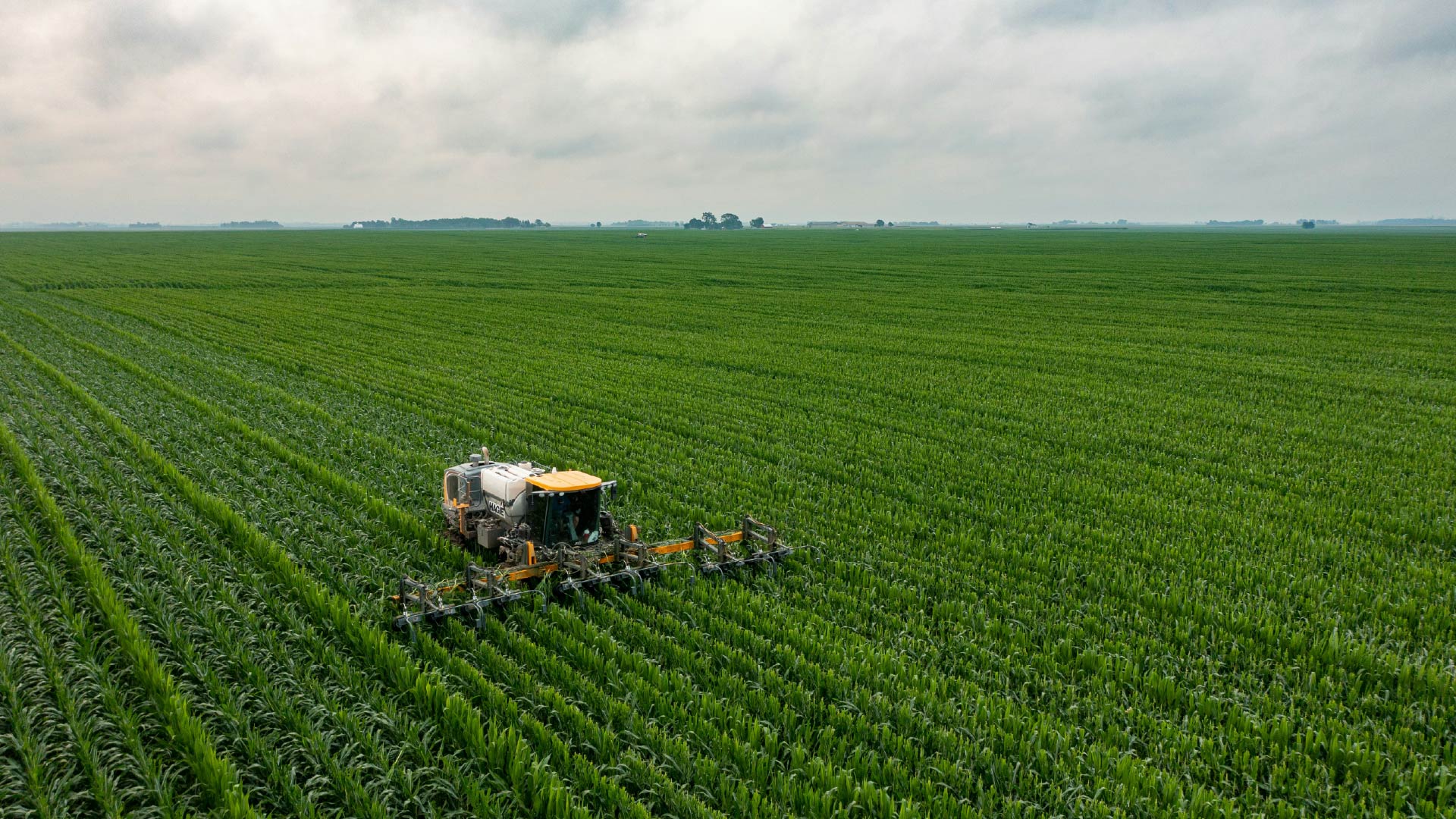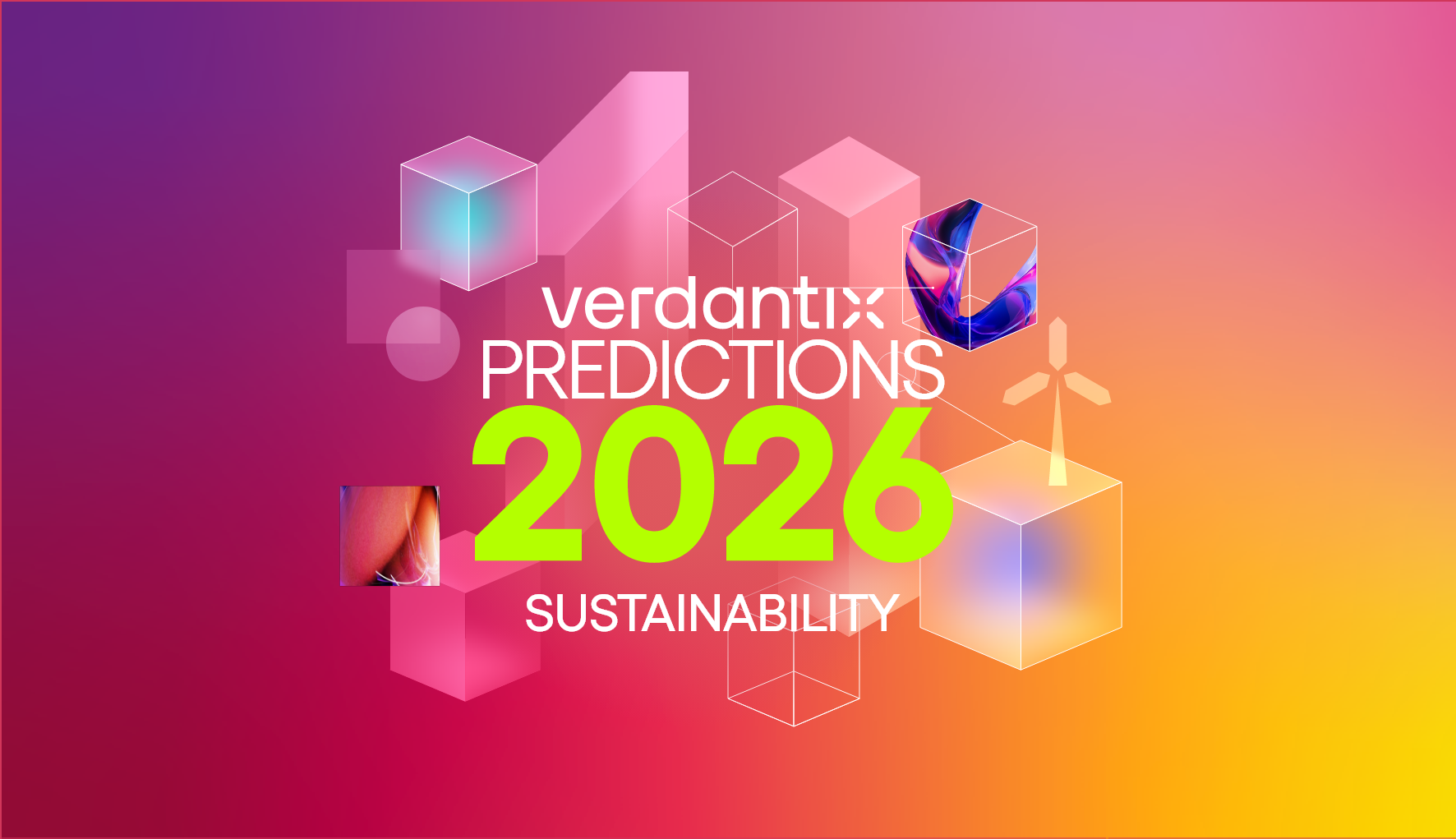Placing The ‘S’ Firmly At The Heart Of ESG
ESG is increasingly embedded into everything an organization does, yet there remains confusion about the role that the ‘S’ – social – plays within firms and in regulatory frameworks. In the 2021 Verdantix global corporate ESG and sustainability survey, only 5% of respondents saw boosting social performance metrics as a “number one” priority, despite 91% considering it to be “a” priority – a much lower figure than for other competing sustainability goals. In the 2022 iteration, spend increase on social impact software in 2023 is among the lowest of sustainability-related purchasing priorities (Verdantix Global Corporate Survey 2022: ESG & Sustainability Budgets, Priorities And Tech Preferences). We are curious to see whether this trend changes in our ongoing global corporate survey for 2024.
S has largely been overshadowed by E – perhaps suffering from ‘middle child syndrome’ between its two more popular counterparts. For instance, a report on poverty in London by the Social Market Foundation found that the UK’s biggest organizations were 64 times more likely to discuss climate issues than to use the word poverty when disclosing their ESG activities in their annual reports.
Organizations care about the natural environment to the end that it serves as the setting for ‘human’ activities. Thus, a people first approach, with the human at the centre of everything can be seen as the starting point of ESG – and the reason we’re having the ESG conversation in the first place.
The question then becomes: if the human reflected in the S is so central to the tenets of ESG, why has the S not got its due importance?
The easiest explanation is the inability to accurately quantify, measure and predict social impacts. Understanding lived experiences is crucial to unpacking and improving the S – however, lived experiences are rarely quantifiable. You can draw patterns, and try and make sense of qualitative data, but not in the same way as quantitative data. This is why organizations and policymakers struggle, and the S remains shrouded in ambiguity.
For social elements such as inclusion and belonging, knowing where to start is also a real challenge (see Verdantix Strategic Focus: Consulting Services Support ESG-Aligned Social Performance). Minorities continue to either be excluded entirely, or be included on adverse terms – in the UK, for FTSE100 firms, the gender pay gap is still at 19%, with female FTSE CEOs taking home 54% of the salaries of their male counterparts.
A more damning explanation, though, is the inherent difficulty for organizations to take the time to listen, to really listen, to what its employees, its stakeholders, and its communities are saying. This is evidenced in the fact that out of 73,845 charges of workplace discrimination that the US Equal Employment Opportunity Commission (EEOC) received in FY 2022, 51.6% included a charge of retaliation, suggesting that the original report was met with ridicule, demotion or worse.
To place the S firmly at the heart of ESG in the face of mounting regulatory pressure, firms will have to leverage ESG software and services to design and implement a data-informed, cohesive social strategy.
If you are interested in learning more, continue to watch this space for our upcoming research on the social aspects of ESG regulations, reporting and disclosures.About The Author

Priyanka Bawa
Senior Analyst





